"VW’s secrets for world domination", read the Autocar headline when the Volkswagen Group revealed a new vehicle architecture in all its oily glory back in February 2012.
In the decade since, more than 40 million cars have been built across 70 different model lines sold by seven different brands. By the end of the 2020s, around another 40 million are expected to be built. World domination? In automotive terms, there can be no debate.
The idea for this architecture was both wonderfully simple and extremely complicated at the same time. Its name, Modularer Querbaukasten (MQB), hardly rolled off the tongue, although for non-German speakers, the English translation gave a clue of what it was: Modular Transverse Matrix.
The MQB was designed to underpin transverse-engined vehicles as small as superminis like the VW Polo and as large as three-row SUVs like the VW Atlas. Replacing the PQ25, PQ35 and PQ46 architectures in one fell swoop, it appeared first on the seventh-generation VW Golf (or perhaps the third-generation Audi A3 that was released around the same time; it depends who you ask).
“The idea of the MQB was genius,” says current VW boss Thomas Schäfer. “It created the whole platform thinking in the industry, and really pushed us around profitability across the board.”
At the time of its conception, the VW Group was in its aggressive growth phase. The ability to build so many cars of different shapes and sizes, across so many brands, in so many factories and in so many different countries was seen as key to unlocking and benefiting from the scale and size of the group.
![]()
“A vehicle architecture consists of basic sets of components, and a platform is a particular combination of those components,” explains Sam Fiorani, vice-president of global vehicle forecasting at Auto Forecast Solutions (AFS).


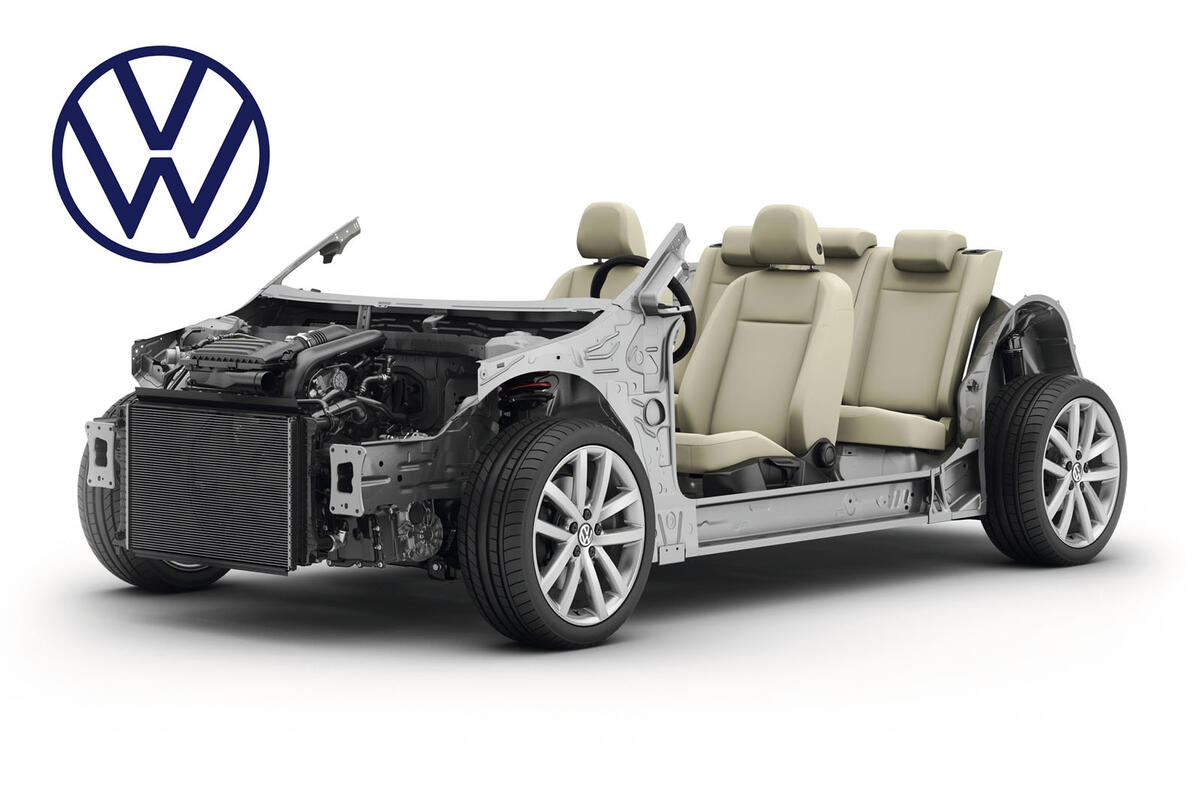

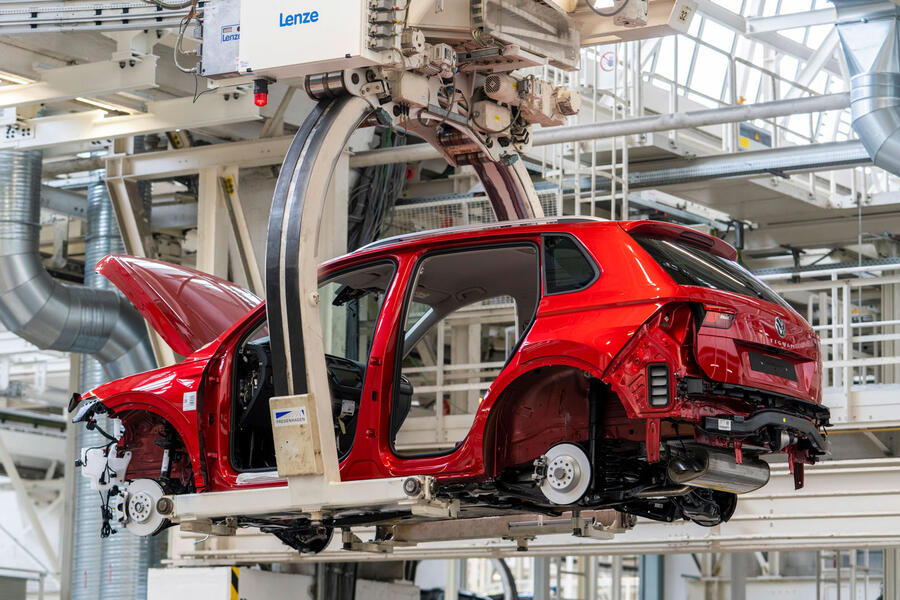
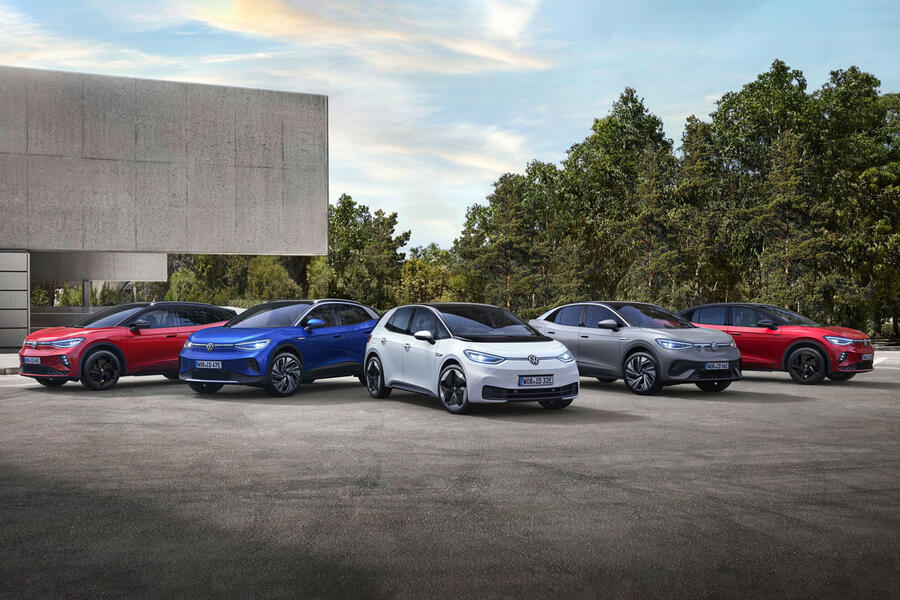
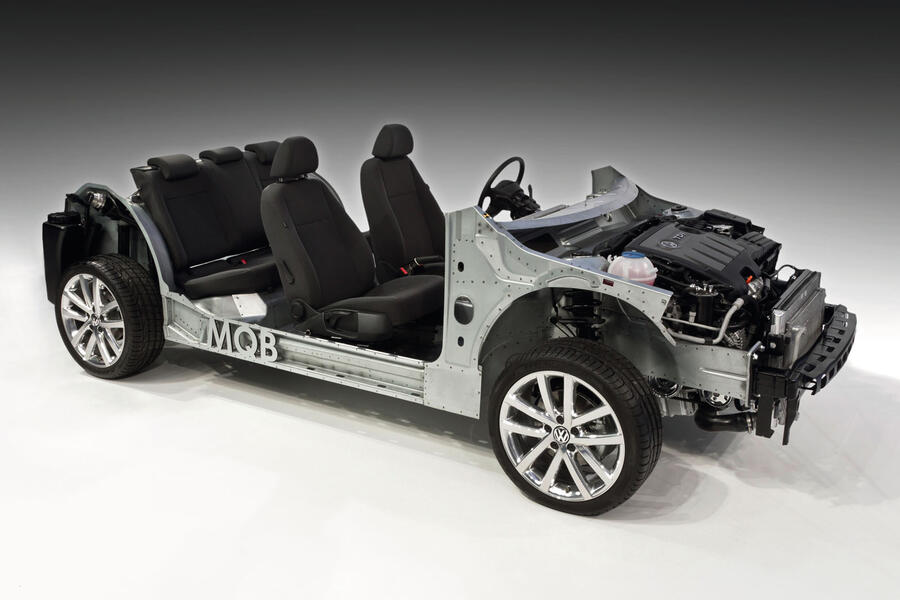
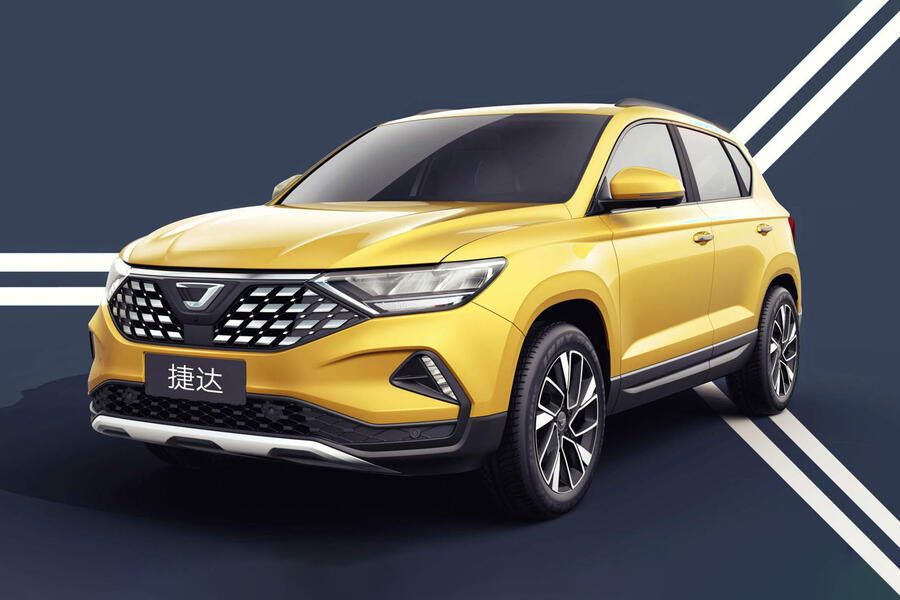





Add your comment